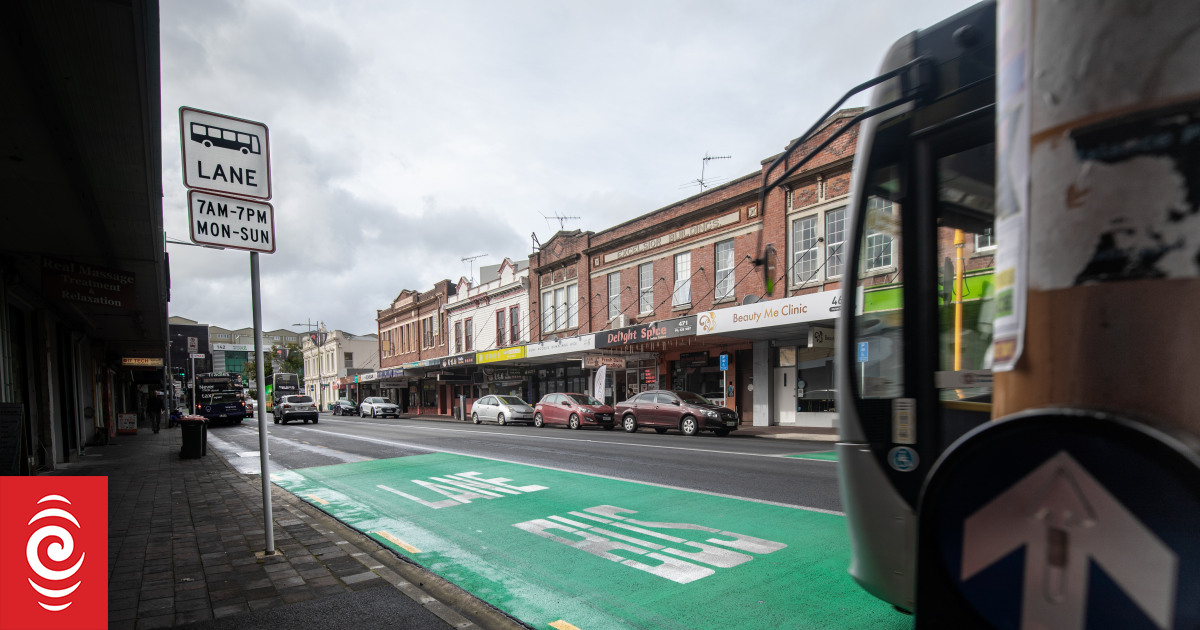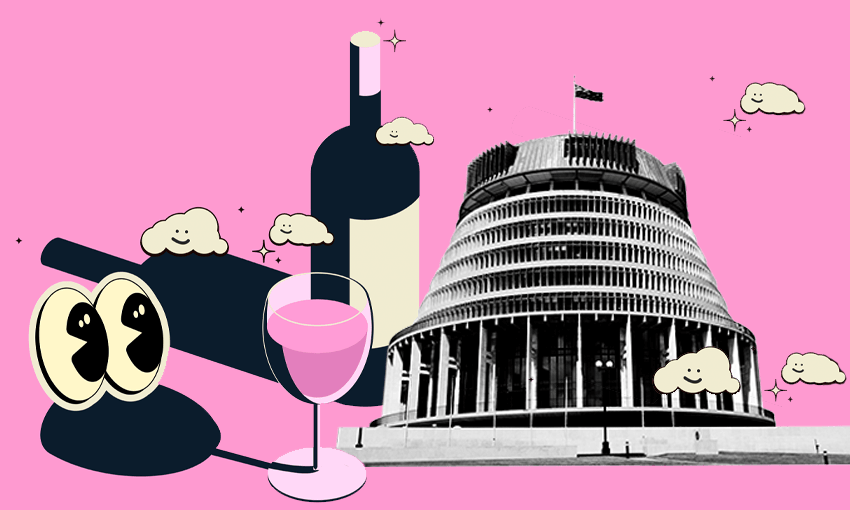A bus lane in Auckland.
Photo: RNZ / Cole Eastham-Farrelly
The Ministry of Transport has announced $350 million worth of transport infrastructure to be established across the country.
The Transport Choices package will give 46 councils increased funding to build bus stops, cycleways, bus lanes and more.
It aims to give New Zealanders more options when it comes to transportation.
The package includes:
- 397 new or upgraded bus stops to improve people’s access to public transport
- 242km of cycleways to encourage more cycling
- 119 schools’ improvements to keep children safe
- 11 new bus priority lanes
Transport Minister Michael Wood said the package will help make towns and cities more people-friendly places to live, work and visit.
“The ambitious Transport Choices package will help people in communities across the country get to where they need to go more safely and efficiently, and help to reduce emissions, supporting us to meet emission reduction targets as set out in the government’s Emissions Reduction Plan released in May 2022.”

From left: Lemauga Lydia Sosene, Helen White, Michael Wood, Arena Williams and Vanushi Walters at today’s announcement.
Photo: RNZ / Finn Blackwell
He said it was one initiative within the government’s decarbonisation plan to help fight climate change.
“Emissions are not just an urban issue; we’re all going to have to work together to create a better future.”
Wood said delivering on projects like these helps address the country’s infrastructure deficit.
Waka Kotahi will now work with successful councils in a two-stage process. The first stage is to further refine and scope their project proposals, with construction beginning on some projects by June 2023.
Auckland’s share $75m
Auckland Transport says it has been allocated $75 million from the transport package.
General manager Stacey van der Putten said the money will help increase travel options across the city.
Auckland Transport and the Ministry have a crucial role to play in providing a low emission, climate resilient future for the city, she said.
The city’s mayor Wayne Brown has welcomed the extra funding.
Projects to be prioritised by central government include enhancements to northwestern busway feeder routes; new bus lanes and cycleways; and improved safety around Māngere College, Māngere Central School, St Mary MacKillop School and Viscount Primary School in Māngere, and Manurewa and Homai train stations and the Blind & Low Vision Education Network NZ’s Homai campus in Manurewa.
Brown said those projects were not a top priority for Auckland Transport, but he was grateful for central government support.
“I’m particularly pleased about the planned improvements to northwestern busway feeder routes, to increase public-transport use by making our bus system better rather than by trying to make our roads worse for private vehicles,” he said.
When it came to transport, every bit helped.
The mayor has instructed AT and Auckland Council to work constructively with Waka Kotahi and central government to get work underway on all Minister Wood’s priorities by the middle of 2023 if possible.
“There always has to be some give and take when central and local government are both involved in planning, funding and implementing transport projects,” Brown said.
“That’s why Minister Wood and I need to work together quickly to agree a plan for one high-quality, joined-up transport system.
“The single, joined-up transport system must include every mode, maximise returns from big new projects like the new City Rail Link, and be informed by clear decisions and timelines for the future use of Auckland’s publicly owned waterfront land, currently being used by the port company.”
In Wellington four Metlink public transport infrastructure projects valued at $9m have been awarded funds.
The projects are: Porirua bus hub, Johnsonville Stop D development, improvements to bus stops and improvements at Masterton and Solway stations to help with bike-rail integrated travel and purpose-built bike shelters.





















Discussion about this post